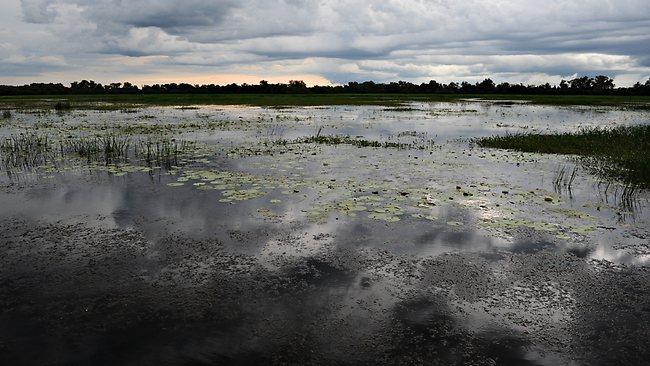Fish tracking in the South Alligator River reveals fascinating facts
There are probably as many theories about the movements of barramundi and other species of fish as there are lures designed to catch them.

Fishing
Don't miss out on the headlines from Fishing. Followed categories will be added to My News.
There are probably as many theories about the movements of barramundi and other species of fish as there are lures designed to catch them.
Researchers from Charles Darwin University and NT Fisheries are using radio-tracking technology to find out where barramundi and forktail catfish are moving throughout the wet season.
Previous research shows that the floodplains are a very important habitat for barramundi at certain stages in their life cycle. The results from this research will ensure that policy and management decisions regarding our fisheries and their habitats can be made using sound scientific evidence.
While it is clear that species like barramundi and catfish use floodplain habitats at times, there are many things we don’t know:
How long does an individual fish stay on the floodplain?
How far do fish move?
Are there particular areas or types of floodplain habitat that fish prefer?
What do fish do as the water recedes and the floodplains begin to dry out?
By answering these questions, the program hopes to develop our understanding the ecosystem, and how to preserve our treasured fisheries.
The initial field work took place in the Yellow Waters area of Kakadu National Park. Yellow Waters is at the end of Jim Jim Creek, a tributary of the South Alligator River.
Barramundi were caught in October 2013 and January 2014 by electrofishing, while forktail catfish were collected by hook and line in October 2013. Radio-transmitters were surgically implanted into 40 barramundi and 30 catfish and their movements have been tracked by boat and helicopter every two weeks since the fish were released.
Since beginning tracking, some fascinating behaviours have been observed. Overall, the barramundi moved – up to 30 km from where they were released, while the catfish moved up to 20 km.
Following the first major rainfall in early December, there was a big spike in fish movement, with some fish moving several kilometres out onto the floodplains and even disappearing altogether from the 3,000 square km area being surveyed by helicopter.


